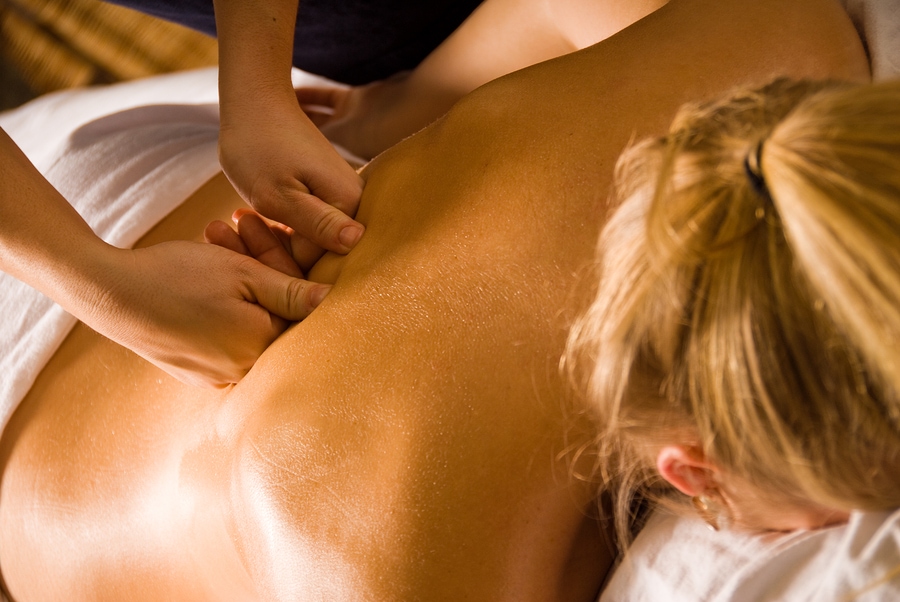Introducing the fascia, it’s time to get acquainted

Fascia is the current buzzword in the health and fitness industry. Nevertheless, for many of us normal folk, the word draws a blank and fascia remains an alien like concept. What is this fascia they speak of?
You may have heard about it unknowingly, it was simply disguised in another form: myofascial. Myofascial pain, myofascial trigger points, myofascial webbing system, myofascial release, myofascial manipulation. The list goes on.
Put simply fascia is the sheaf of connective tissue which surrounds our muscles, joints and organs. Sitting comfortably underneath our skin, this thin, malleable web of tissue envelops our entire bodies, quite literally ‘shaping’ us by supporting and protecting the structures in our body. Posture, flexibility, past trauma and repetitive movements all combine to influence the state of a person’s fascia and the shape that it takes on.
To keep your body healthy, supple and generally well-functioning your fascia needs to be in good condition. If fascia is really such a big deal, why are we only beginning to hear about its importance now? The importance of fascia is a relatively new concept on the medical scene, with the first international Fascia Research Congress being held in 2007 at Harvard Medical School.
If you have been feeling stiff, sore and sluggish your fascia may need some unwinding time. As structural integrative specialist Lauren Roxburgh put it: “Our bodies store the trauma of our lives in our fascia, which can lead to muscular and structural rigidity. When we release the tension in our fascia and align ourselves with gravity we take a new stance, and not just in our bodies.”
Massage therapy and acupuncture both work with the fascia, manipulating it to provide relief. With foam rollers and specifically designed movements you can continue to gently smooth out your myofascial tissue at home and in the gym. There are now numerous brands offering these rollers, some are textured with ridges and points to target muscle knots.
Myofascial release therapy and myofascial trigger point therapy (TPT) are two terms being thrown around a lot lately, meaning pretty much the same thing. Myofascial TPT aims to relax contracted muscles, improve blood and lymphatic circulation and stimulate the stretch reflex in muscles. Therapists can use knuckles, elbows or tools to manipulate and essentially stretch the fascia, and the myofascial release can be direct or indirect. Direct release is essentially deep tissue work and uses more intense pressure to enable the therapist to work through the layers of tissue. Indirect release is gentler, through light pressure and stretching the tissue is encouraged to soften and unwind itself.

